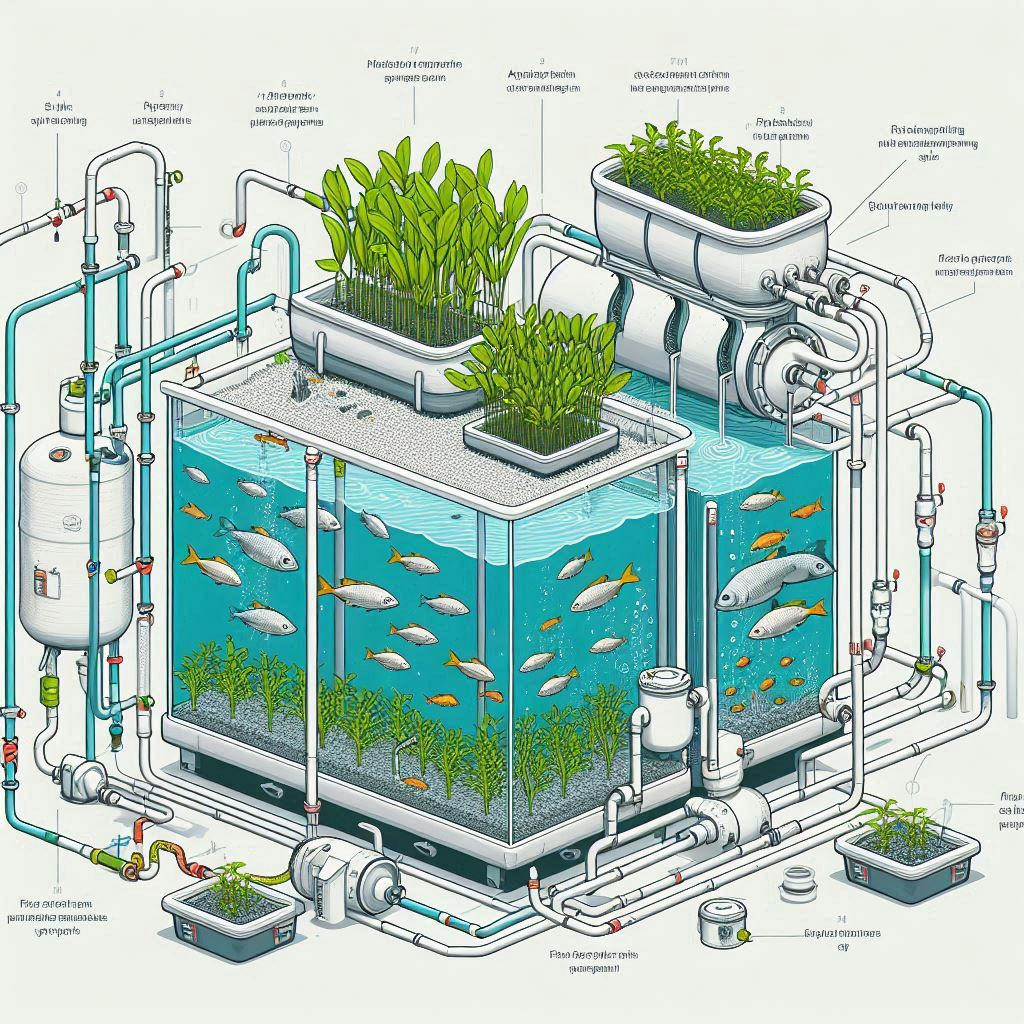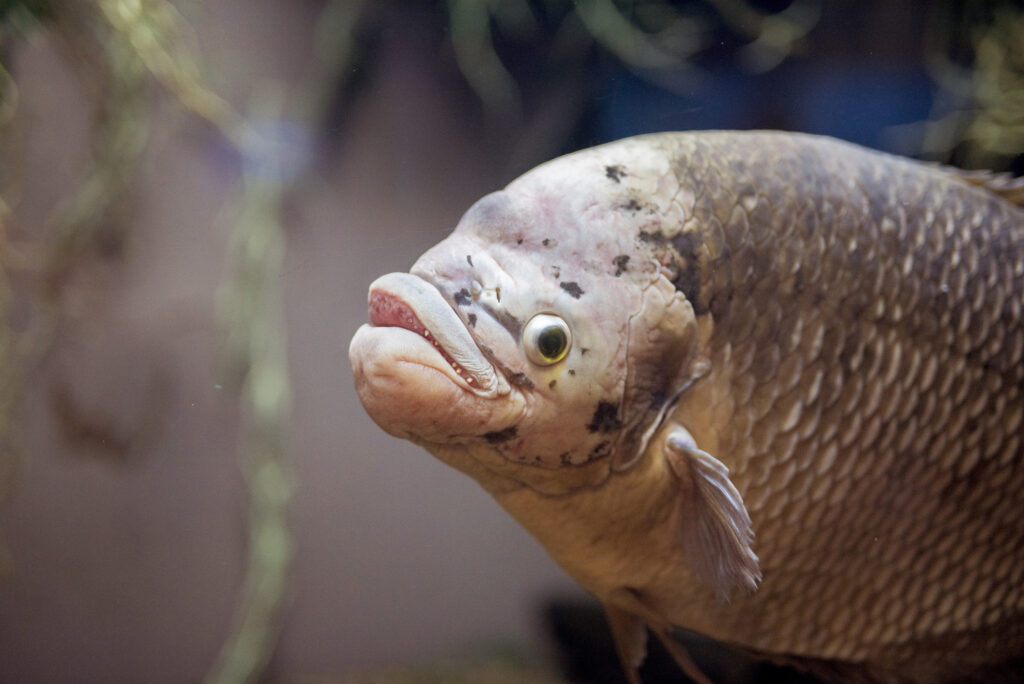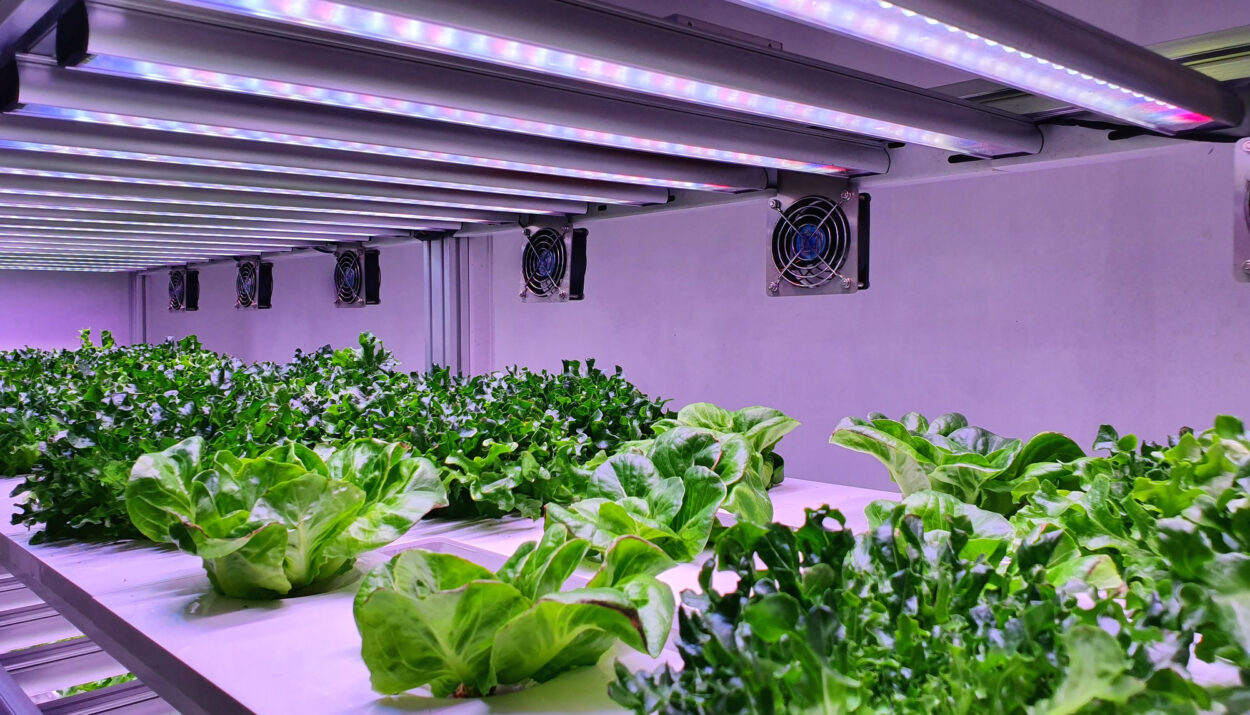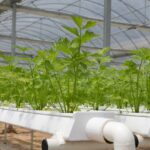Ready to transform your home into a fresh and sustainable paradise? Dive into the world of DIY aquaponics—a unique method that combines fish farming with hydroponic gardening, perfect for any space, whether you’re in an urban apartment or a cozy home. This guide will show you how to set up your aquaponic system, allowing you to grow vibrant vegetables and herbs while nurturing a thriving aquatic ecosystem. Ideal for home gardeners, eco-conscious individuals, and DIY enthusiasts, aquaponics offers an innovative way to cultivate your food and reduce your environmental impact. Get ready for a rewarding project that enhances your gardening experience and supports a greener lifestyle!
What is DIY Aquaponic Farming?
DIY aquaponic farming is an innovative and eco-friendly method of growing plants and raising fish together in a symbiotic system. In this setup, fish produce waste that provides nutrients for the plants, while the plants help purify the water, which is then recirculated back to the fish tank. This sustainable approach reduces the need for synthetic fertilizers and conserves water, making it perfect for home gardeners and urban dwellers. By creating a balanced, self-sustaining environment, DIY aquaponic farming allows you to grow fresh, healthy produce while minimizing environmental impact. Start your aquaponic system today for a greener, more efficient way to cultivate food.
Step-by-Step Guide to DIY Aquaponic Farming: Grow Fresh Food Sustainably
DIY aquaponic farming merges fish farming with hydroponic gardening to create a self-sustaining ecosystem that provides fresh produce and fish. This guide will walk you through the process of setting up your aquaponic system, from initial planning to system maintenance.

1. Planning Your Aquaponic System
a. Assess Your Space and Budget Start by evaluating the space available and determining your budget. DIY aquaponics can be scaled from small indoor setups to larger outdoor systems. Understanding your space constraints and financial limits will help you choose the right system.
b. Choose Your System Type There are several types of aquaponic systems:
- Media-Based Grow Beds: Plants grow in a medium like gravel or clay pellets, which is irrigated with nutrient-rich water from the fish tank.
- Nutrient Film Technique (NFT): A thin stream of nutrient-laden water flows over plant roots in a sloped channel.
- Deep Water Culture (DWC): Plant roots are suspended in a nutrient solution with added oxygen from air stones.
Select the system that best suits your space and gardening goals.
2. Building Your DIY Aquaponic System
a. Gather Necessary Equipment You’ll need the following components:
- Fish Tank: Choose a size based on available space and desired fish quantity, typically between 20 to 100 gallons.
- Grow Beds: These can be containers or trays, depending on the system type.
- Pumps and Tubing: A water pump to circulate water and tubing to connect different parts of the system.
- Air Pump and Air Stones: To provide oxygen to both the fish and plant roots.
- Growing Medium: For media-based systems, use materials like clay pellets, gravel, or perlite.
b. Set Up the Fish Tank: Place your fish tank on a stable surface. Install the water pump and air pump, ensuring they are set up according to the manufacturer’s instructions.
c. Install Grow Beds: Position the grow beds above or next to the fish tank. For media-based systems, fill the beds with your chosen growing medium and ensure they are properly aligned for water flow.
d. Connect the Plumbing: Attach the water pump to the grow beds using tubing. Secure all connections and ensure there are no leaks. Set up a return line to channel water back into the fish tank. For media-based systems, install a siphon or overflow to manage water levels.
e. Add Air Stones: Place air stones in the fish tank and connect them to the air pump to ensure oxygen is provided to the system.

3. Cycling Your System
a. Establish Beneficial Bacteria: Before introducing fish, you need to build up beneficial bacteria that convert fish waste into nutrients for the plants. This process, known as cycling, usually takes 4-6 weeks. You can expedite this process by using bacterial supplements or filter media from another aquaponic system.
b. Test Water Conditions: Regularly check the water’s pH, ammonia, nitrite, and nitrate levels. Aim for a pH of 6.8-7.0, ammonia and nitrite levels below 0.5 ppm, and nitrates between 20-40 ppm. Adjust as needed to maintain a healthy environment.
4. Introducing Fish and Plants
a. Select Fish Species: Choose fish that are compatible with your system and climate. Tilapia, goldfish, and trout are commonly used. Research the specific needs of your chosen species to provide proper care.
b. Add Plants: Select plants that grow well in aquaponic systems. Leafy greens like lettuce, herbs, and certain vegetables are ideal. Transplant seedlings into the grow beds, ensuring their roots can access the nutrient-rich water.

5. Maintaining Your Aquaponic System
a. Feed the Fish: Provide appropriate fish food to support their growth. Avoid overfeeding to prevent excess waste and water quality issues.
b. Monitor and Adjust Water Quality: Regularly check water parameters and perform partial water changes if necessary to manage nitrate levels and prevent build-up.
c. Prune and Harvest Plants: Regularly trim plants to encourage healthy growth and prevent overcrowding. Harvest crops as they mature to maintain a productive system.
d. Inspect System Components: Periodically check the water and air pumps, as well as the plumbing, for any issues. Clean and replace parts as needed to ensure the system runs smoothly.
6. Troubleshooting Common Issues
a. Fish Health: Watch for signs of stress or disease in fish, such as changes in behavior or appearance. Address issues promptly to prevent complications.
b. Plant Health: If plants exhibit signs of nutrient deficiencies or poor growth, check water quality and ensure they receive adequate light and space.
c. System Imbalances: If you encounter problems like fluctuating water levels or imbalanced nutrients, review your setup and maintenance routine to identify and correct the issues.
By following these steps, you can set up a successful aquaponic system that supports both plant and fish health. Enjoy the benefits of a self-sustaining garden and the satisfaction of home-grown produce. Happy gardening!
Benefits and Challenges of DIY Aquaponic Farming
DIY aquaponic farming merges fish cultivation with hydroponic plant growth in a self-sustaining system. This approach provides several advantages but also has some drawbacks. Here’s a brief overview of what to expect when setting up your aquaponic system.
Benefits of DIY Aquaponic Farming:
| 1. Eco-Friendly and Sustainable | DIY aquaponics promotes sustainability by creating a closed-loop system where fish waste supplies nutrients for plants, while plants help clean the water for the fish. This reduces the need for synthetic fertilizers and significantly conserves water, making it an environmentally responsible choice for home gardeners. |
| 2. Access to Fresh, Healthy Produce | Aquaponics allows you to grow fresh, nutritious vegetables and herbs right at home. By avoiding pesticides and chemical fertilizers, you can enjoy healthier food options and contribute to a more organic lifestyle. |
| 3. Water Efficiency | This method uses considerably less water compared to traditional gardening. In an aquaponic system, water is continually recycled between the fish tank and the grow beds, minimizing waste and making it ideal for areas with limited water resources. |
| 4. Simplified Maintenance | Without soil, aquaponics eliminates tasks like weeding and dealing with soil pests. This reduces the amount of maintenance required and lets you focus on the health of your fish and plants. |
| 5. Educational Value | Setting up and managing an aquaponic system provides a hands-on learning experience about ecosystems and sustainable practices. It offers valuable insights into the interdependence of fish and plants and the principles of ecological balance. |

Challenges of DIY Aquaponic Farming
| 1. Initial Costs | Starting a DIY aquaponic system can be expensive. Costs include purchasing a fish tank, grow beds, pumps, and other components. While there are ways to cut costs, the initial investment can be a significant factor to consider. |
| 2. Complexity and Upkeep | Aquaponics systems can be complex to set up and maintain. Properly balancing water quality, nutrients, and fish health requires regular monitoring and adjustments, which can be challenging, especially for beginners. |
| 3. Limited Options for Plants and Fish | Not all plants and fish are suited for aquaponics. You’ll need to choose species that can thrive in the specific conditions of your system, which may limit your choices and require additional research. |
| 4. Risk of Technical Issues | Problems such as pump failures or leaks can disrupt your aquaponic system. Regular maintenance and prompt troubleshooting are essential to address these issues and keep your system running smoothly. |
Conclusion
DIY aquaponic farming merges fish raising with hydroponic plant cultivation, creating a sustainable and resource-efficient method for growing fresh produce at home. This approach conserves water and minimizes the need for synthetic fertilizers, aligning well with eco-friendly practices. Although the setup can be costly and complex, the rewards include access to fresh, homegrown food and the educational experience of managing an aquaponic system. By weighing the benefits and challenges of DIY aquaponic farming, you can establish a thriving, self-sustaining garden that supports your commitment to sustainable living and provides a continuous supply of healthy produce.
Read more about farming here










